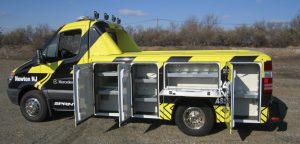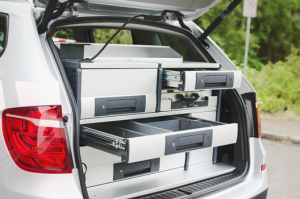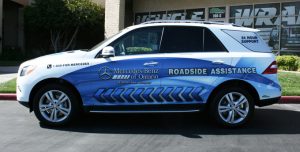Roadside Assistance Vehicles & Volunteer Firemen
Assistance vehicles are some of the most underrated vehicles on the road. Sure, we’re all aware of their  existence but not a lot of people seem to appreciate what they do. Simply put, a roadside assistance vehicle can sometimes be more important than the police or even the ambulance because if they can get a car safely off the road, it just means that the police or the ambulance won’t be needed. Arriving to the destination is just the first step however, they then have to safely assist the person in need and if needed, move the vehicle to a safer location.
existence but not a lot of people seem to appreciate what they do. Simply put, a roadside assistance vehicle can sometimes be more important than the police or even the ambulance because if they can get a car safely off the road, it just means that the police or the ambulance won’t be needed. Arriving to the destination is just the first step however, they then have to safely assist the person in need and if needed, move the vehicle to a safer location.
Obviously with such a vehicle, signalization and safety is the number one priority much like with the police and the ambulance. One common feature of all of these vehicles are the safety lights. They do vary depending on the vehicle and the application but as a general rule, all vehicles which are responsible for any sort of road assistance or behavior will be fitted with a safety light or a beacon of some sort. In the case of the police it’s red and blue, a fire truck might have a yellow light in addition and a roadside assistance vehicle usually has a rotating yellow light.
 The purpose behind the safety lights is quite clear. They draw the attention of drivers to the response vehicle in question, in an effort to make them move out of the way or simply acknowledge it and be more careful. That’s why something like a roadside assistance vehicle will have a bright yellow light which is easy to spot but doesn’t exactly yield top-priority emergency, whereas a rotating blue and red is as visually sharp as possible.
The purpose behind the safety lights is quite clear. They draw the attention of drivers to the response vehicle in question, in an effort to make them move out of the way or simply acknowledge it and be more careful. That’s why something like a roadside assistance vehicle will have a bright yellow light which is easy to spot but doesn’t exactly yield top-priority emergency, whereas a rotating blue and red is as visually sharp as possible.
Again, something that goes overlooked and doesn’t pop up in anyone’s mind is just how much electricity and power these lights require. A stock vehicle doesn’t have a lot of auxiliary lights, and the standard lights aren’t exactly that powerful. Because the emergency lights have to be however, they do tend to require ample amount of energy. Simply put a stock alternator might not be able to run them or it will for a very short period of time. That’s why typically you’ll see people upgrade their alternator for a high amp one as soon as they fit something more powerful than a boost gauge or a few extra gadgets.
Take light bars as an example. Not the most obvious candidate for a high amp alternator but they can  certainly require one, particularly if they’re more powerful. Not just reserved for amateur off-roaders, but for emergency vehicles operating in the mountains or in difficult low-visibility situations, they can be of a great asset.
certainly require one, particularly if they’re more powerful. Not just reserved for amateur off-roaders, but for emergency vehicles operating in the mountains or in difficult low-visibility situations, they can be of a great asset.
Whenever you decide to upgrade your vehicle in any way, make sure to check whether your alternator will be able to handle it. It’s vital that the alternator matches the requirements otherwise you might kill it and worst case scenario, it will leave you stranded.
